The urban heat island effect has become one of the most pressing environmental challenges faced by modern cities. As concrete jungles expand, the trapped heat raises temperatures significantly compared to surrounding rural areas. In the battle against rising urban temperatures, innovative solutions like reflective pavements and ecological cooling strategies are emerging as potential game-changers.
The Science Behind Urban Heat Islands
The phenomenon occurs when natural landscapes are replaced by heat-absorbing materials like asphalt and concrete. These surfaces store solar radiation during the day and release it slowly at night, creating a dome of warmth over cities. The temperature difference can reach up to 10°C in extreme cases, increasing energy consumption for cooling while worsening air quality and public health risks.
Traditional approaches to mitigate this effect have focused on increasing vegetation through urban parks and green roofs. While effective, these solutions often face limitations in dense urban environments where space comes at a premium. This has led researchers and city planners to explore alternative methods that can work in tandem with green infrastructure.
Reflective Pavements: A Shining Solution
Cool pavements represent one of the most promising technological interventions. These specially designed surfaces reflect more sunlight and absorb less heat than conventional dark asphalt. The concept isn't entirely new—light-colored concrete has been used for decades—but recent advancements in material science have created more effective and durable solutions.
Modern reflective pavements incorporate advanced pigments and coatings that maintain their reflectivity over time. Some formulations use microscopic glass beads or specialized aggregates to enhance solar reflectance without creating glare issues. When implemented across large urban areas, these surfaces can significantly reduce ambient temperatures.
The benefits extend beyond temperature reduction. Cooler pavement surfaces last longer by reducing thermal expansion stress, leading to lower maintenance costs. They also improve nighttime visibility and safety while decreasing the urban heat island effect's intensity. Cities like Los Angeles have reported measurable success with pilot programs, showing temperature reductions of several degrees in treated areas.
Ecological Cooling: Nature's Blueprint
Parallel to technological solutions, ecological cooling strategies draw inspiration from natural systems. These approaches combine vegetation with smart urban design to create self-regulating microclimates. The concept goes beyond simply planting more trees—it involves understanding and replicating how natural ecosystems maintain thermal balance.
One innovative method involves creating "cool corridors" by strategically placing vegetation and water features along prevailing wind paths. These corridors facilitate natural ventilation while the plants provide shade and evaporative cooling. Another approach mimics forest canopies by implementing multi-layered vegetation structures that optimize shade coverage and transpiration cooling.
Water-sensitive urban design represents another ecological strategy. By incorporating permeable surfaces and water-retentive landscapes, cities can enhance evaporative cooling while managing stormwater more effectively. These systems work particularly well when integrated with reflective pavements, creating synergistic cooling effects.
Implementation Challenges and Considerations
While the potential benefits are clear, widespread adoption faces several hurdles. Reflective pavements often come with higher upfront costs compared to conventional materials, though lifecycle cost analyses frequently show long-term savings. There are also concerns about winter performance in colder climates, where the same reflective properties that keep cities cool in summer might theoretically increase heating demands in winter.
Ecological solutions face their own set of challenges, particularly in dense urban cores where space constraints limit implementation options. Maintenance requirements and water availability can also affect the viability of extensive green infrastructure in arid regions. These factors necessitate context-specific solutions rather than one-size-fits-all approaches.
The Path Forward
Successful urban cooling requires integrated strategies that combine technological and ecological solutions. Many experts advocate for "cool community" approaches that blend reflective materials, vegetation, and smart urban design. The most effective implementations consider the unique characteristics of each urban environment—its climate, density, existing infrastructure, and community needs.
Ongoing research continues to improve both reflective materials and ecological cooling techniques. New generations of phase-change materials and thermochromic coatings promise even better performance for pavements. Similarly, advances in drought-resistant plant species and efficient irrigation systems are expanding the possibilities for urban greening in water-scarce regions.
As cities worldwide face increasing temperatures due to climate change and urban growth, the development and implementation of effective heat mitigation strategies becomes ever more critical. The combination of reflective pavements and ecological cooling offers a promising path toward more livable, sustainable urban environments for future generations.

By /Jul 2, 2025

By /Jul 2, 2025

By /Jul 2, 2025
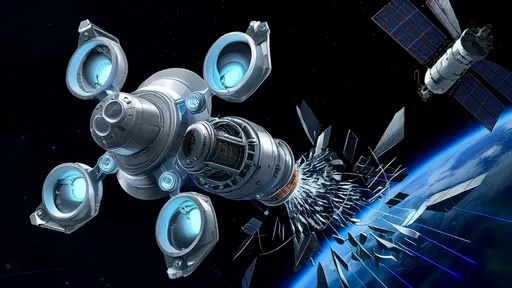
By /Jul 2, 2025

By /Jul 2, 2025

By /Jul 2, 2025
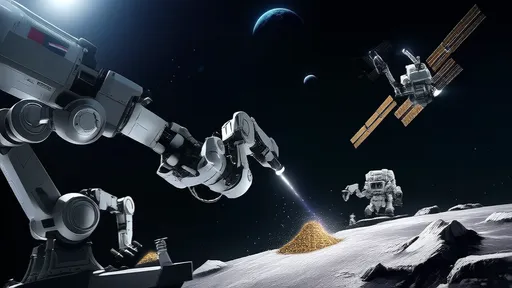
By /Jul 2, 2025

By /Jul 2, 2025

By /Jul 2, 2025
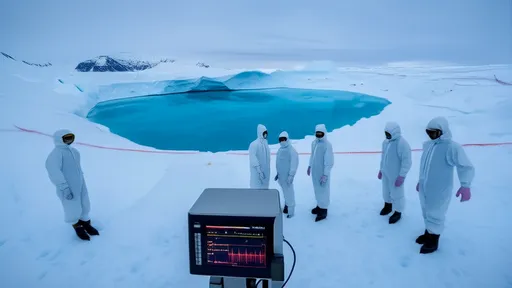
By /Jul 2, 2025
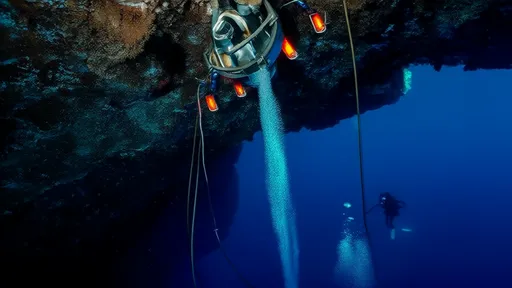
By /Jul 2, 2025
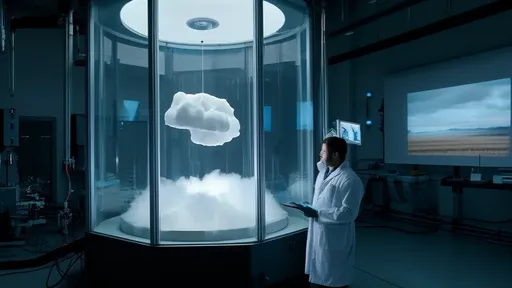
By /Jul 2, 2025

By /Jul 2, 2025
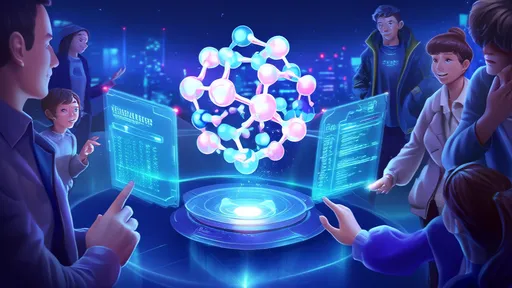
By /Jul 2, 2025
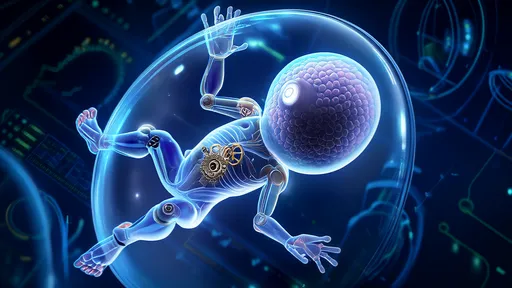
By /Jul 2, 2025
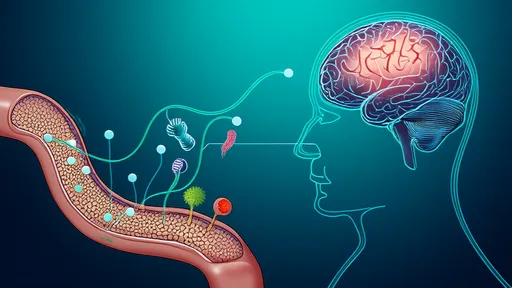
By /Jul 2, 2025
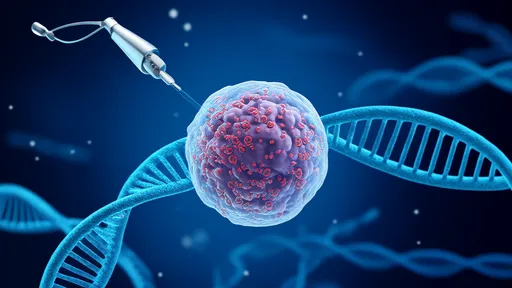
By /Jul 2, 2025
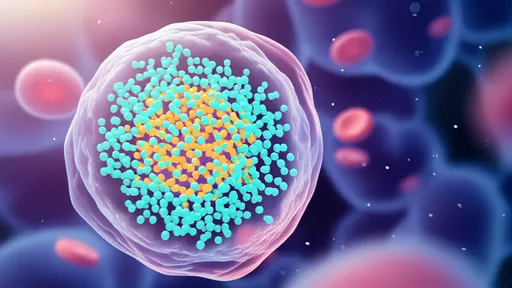
By /Jul 2, 2025

By /Jul 2, 2025

By /Jul 2, 2025